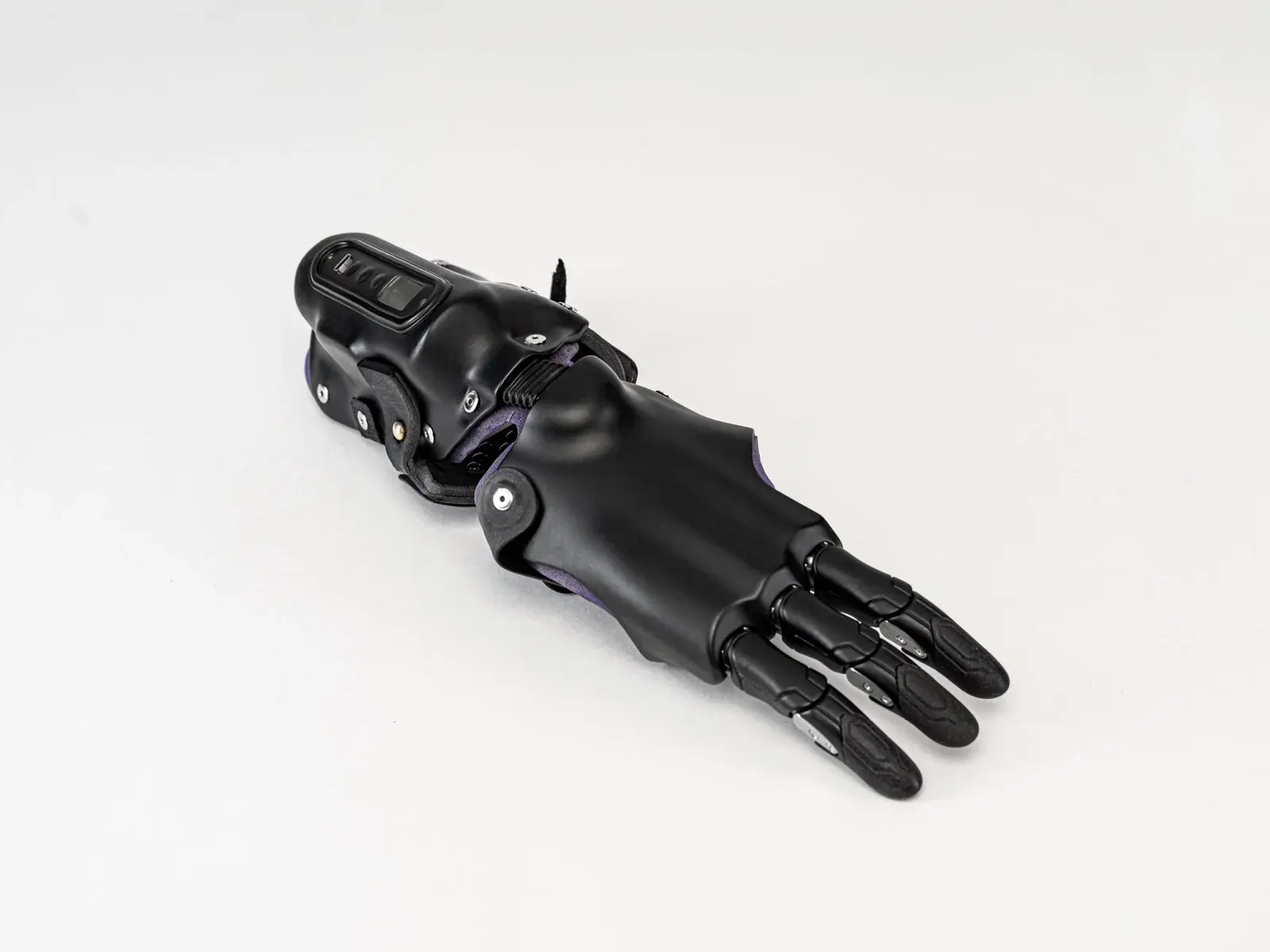Basma Al-Aïdi has been crushed by relentless workdays. In the Gaza Strip, where wounded bodies arrive far faster than medical resources can handle, she is one of the last nine prosthetic specialists still working. This is a negligible number in light of the nearly 4,000 amputations recorded since the start of the war, according to the International Committee of the Red Cross (ICRC). Ten percent of the victims are children, and the territory now holds the grim world record for the highest number of child amputees per capita.
In Gaza City, the Artificial Limbs and Polio Center (ALPC) is supported by the ICRC and the Ministry of Health. There, the 30 year old crafts and adjusts prosthetic limbs to restore mobility to those whose limbs have been torn off by war. "I don't even have time to take a five-minute break. The number of cases far exceeds our capacity," she said in a series of voice messages. Le Monde interviewed her via WhatsApp as Israel still bars foreign journalists from entering the enclave.
The ALPC is one of the few centers still operational. It works with a small team of three prosthetics technicians and two orthotics specialists. Other specialized facilities have been destroyed or only operate occasionally.
The shortage of professionals is exacerbated by a lack of materials. For months, stocks have been dwindling due to the Israeli blockade. Almost everything has run out: carbon, metal, medical-grade plastic, electronic parts. Even basic supplies like wheelchairs, supportive equipment and rehabilitation tools are lacking. For nine months, ICRC trucks loaded with supplies have been blocked in Jordan, barred from entry by Israel. Medical aid, deprioritized behind food and fuel, has stopped arriving. Thousands of disabled people have been left with nothing. The ALPC estimates that it can only produce prosthetics for one more month.
'No oven to work the plastic'
Hiba Bashir is an experienced foot prosthetics specialist who used to work at the ALPC. However, she can no longer get to the center due to evacuation orders in the eastern area of Deir al-Balah. She now works at a newly established rehabilitation center, Nahla, run by the NGO Handicap International in Al-Zawayda to address the complete absence of facilities in some regions. "I can make a prosthesis for any kind of amputation. However, the molds need to be adjusted for each patient, and I don't even have an oven to work the plastic," said the 34-year-old specialist. Al-Aïdi added, "I had to tell a patient that he wouldn't receive his silicone prosthesis. Imagine losing a limb and then being told that there aren't even materials for you."
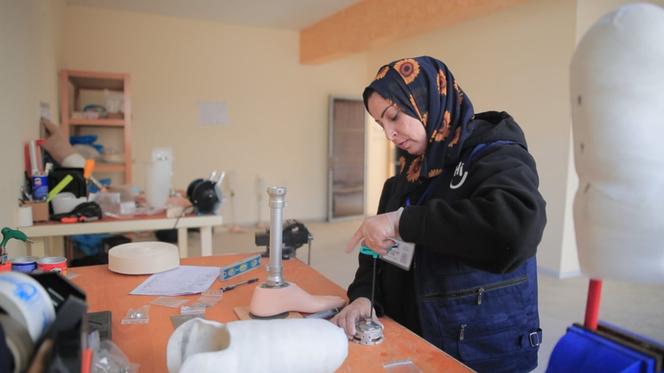
A prosthetic limb should represent the hope of the chance to regain autonomy, dignity and mobility. However, in Gaza, this hope has become unattainable due to the siege, destruction of healthcare infrastructure and forced displacement caused by Israel. Every barrier is in place to prevent care from succeeding.
"Even patients that we follow up with long term often disappear after just two rehabilitation sessions," said Mara Bernasconi, Handicap International's advocacy officer for Palestine. "When the Israelis issue an evacuation order, families go wherever they can find water or food to survive. Proximity to a rehabilitation center doesn't matter. Sometimes, the wounded have to flee in the middle of the night, leaving their equipment behind. They become a burden to their families. Some of our former beneficiaries have been abandoned by their relatives in Jabaliya, in the north, where there have been mass evacuations, and we have no news of them." More than 85% of the Gaza Strip is controlled by the Israeli military, which makes moving between sectors impossible.
Health complications
The World Health Organization (WHO) estimates that at least 6,000 prosthetic limbs are needed to address the most urgent needs. Since January, 1,000 amputees have received care at the ALPC. However, only 180 have been fitted. The rest suffer from complications, such as infection and open wounds, which are often the result of emergency amputations performed without anesthesia or proper surgical equipment in unsanitary conditions. On top of that, malnutrition delays or even prevents healing altogether. Even when materials are available, the bodies often give out first.
"The first thing I ask my patients is if they've eaten, which is sadly rare," said Bashir. The population is facing famine due to the Israeli blockade. "Patients need to be in good physical condition because the training is demanding. Right now, they can't even last 10 minutes. As soon as they put on their prosthesis, they feel dizzy and have to stop. We're exhausted, too. With the hunger and stifling heat, the physical therapist and I no longer have the energy to support them."
Beyond physical pain is invisible suffering that is just as paralyzing. Amputees, especially children, experience intense post-traumatic symptoms such as depression, anxiety, isolation and loss of bearing, which are amplified by the destruction of their homes and the loss of loved ones. Though crucial, psychological support sessions have become fleeting interludes in a daily life marked by collapse.
Children's frequent rejection
Samih Khodr discovered the Al-Zawayda area when he set up his tent near the Nahla center. He is the guardian of Malak, his 9-year-old niece. Malak's family was killed in the May 10 bombing of the Jabaliya school where she had taken refuge. Her father, mother, and three siblings all died in the attack. Malak's right leg was amputated, and she was displaced to Deir al-Balah. "She hardly speaks anymore. When she sees other children walking, running or playing, it devastates her. She becomes anxious and irritable. She withdraws at the slightest thing," her uncle said. Malak has just begun the initial steps to prepare for a prosthetic. However, acceptance could be a long and uncertain process. Specialists must cope with frequent rejection from children who resist, cry and ask for their natural leg.
However, the two prosthetics specialists cling to the moments when they manage to change lives. Al-Aïdi recalled a 30-year-old patient who was amputated at the beginning of the war and has since become a mother. "Her entire family was killed. When I had her try on the prosthesis, she just cried. She used to love dresses and high heels. She refused to accept this new reality. All of our staff supported her. Today, she walks. She is happy."
For these two women, each of whom is the mother of two young daughters, exhaustion doesn't end at the clinic door. After a grueling journey, often partly on foot due to a lack of fuel, they return home to a new struggle: searching for fuel to cook with, finding food for their children and using a flashlight due to a lack of electricity. "No human being lives as the people of Gaza do. If suicide were halal, everyone would have done it already," said Bashir.
She cares for her sick mother on weekends, bringing her children with her out of fear that they might be bombed in her absence. What breaks her most is that Cham, her 8-year-old daughter, who had just started school, had to stop her studies in 2023 because of the war, like 600,000 other children in Gaza. "I want to get my daughters out of Gaza, so they can have an education. Even if it means returning alone to care for my patients," Bachir said.
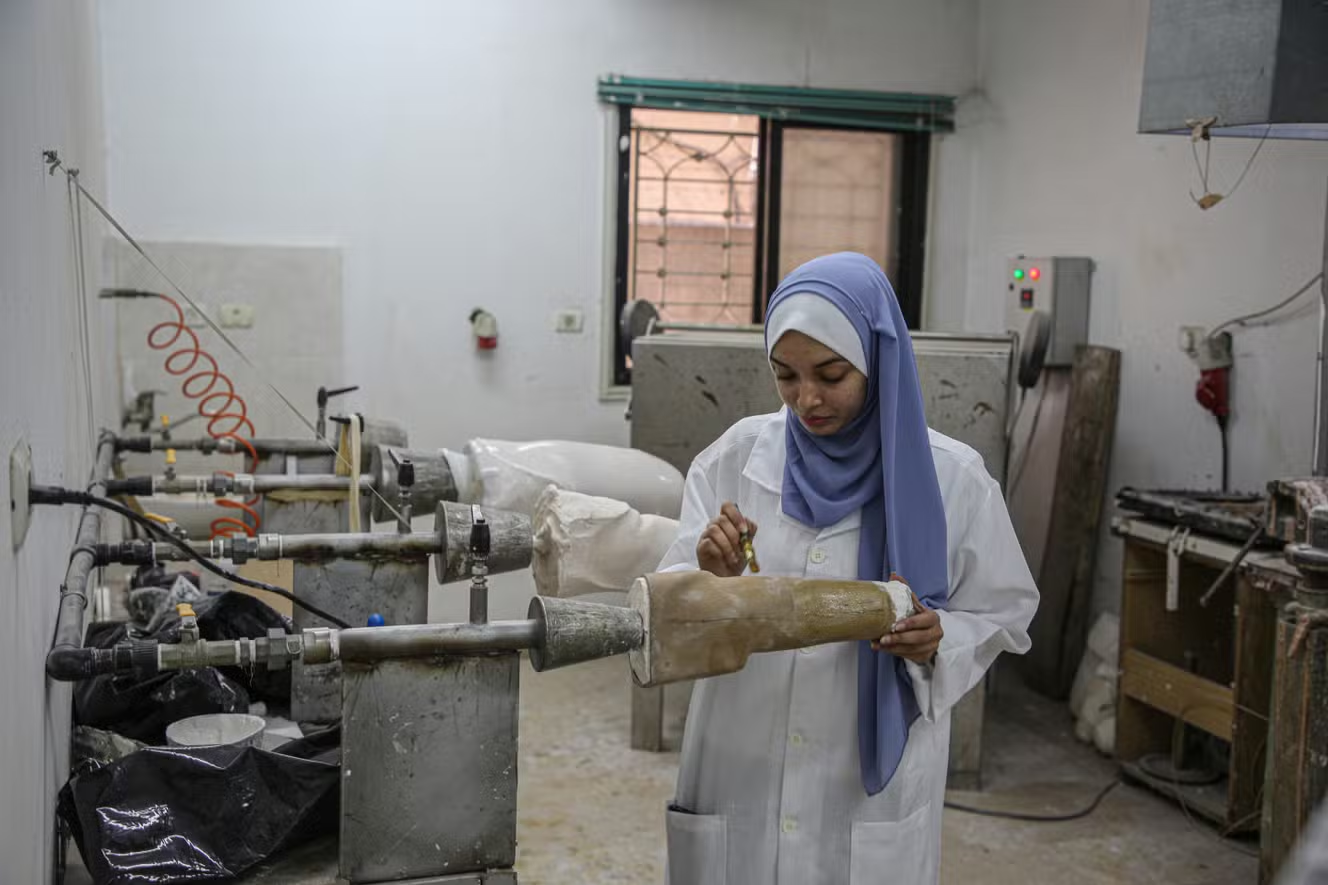

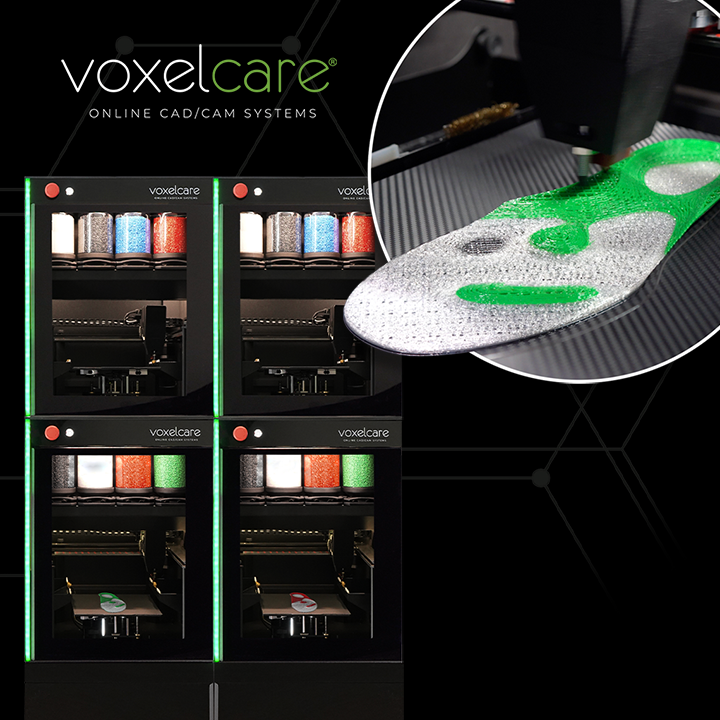

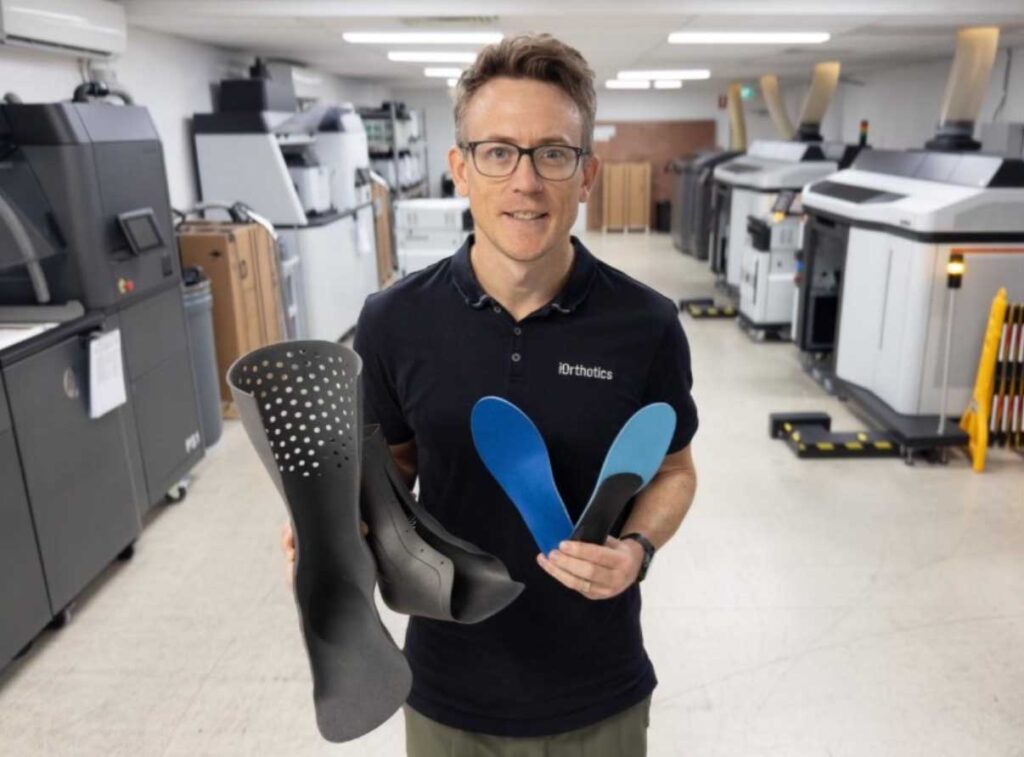
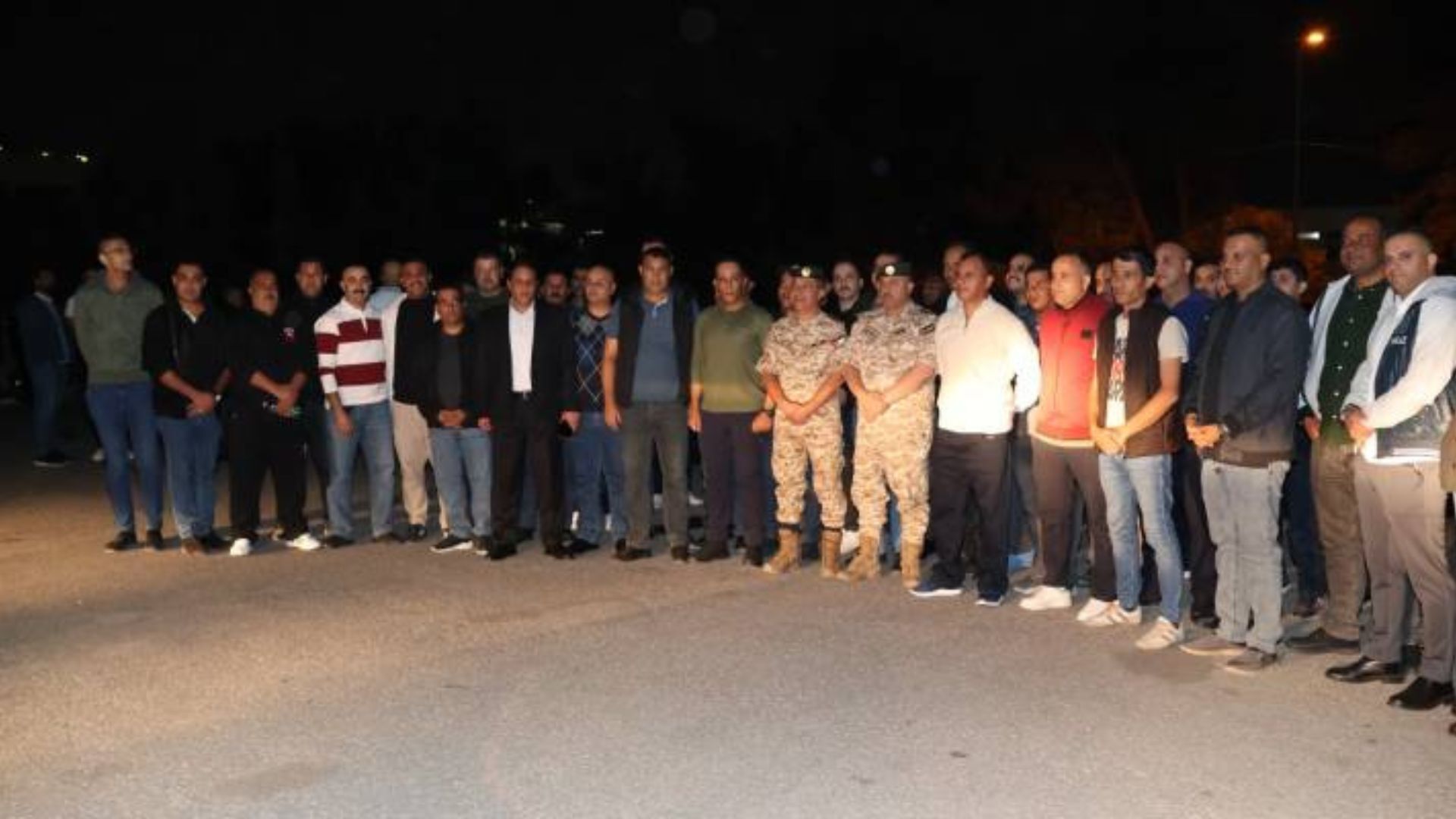
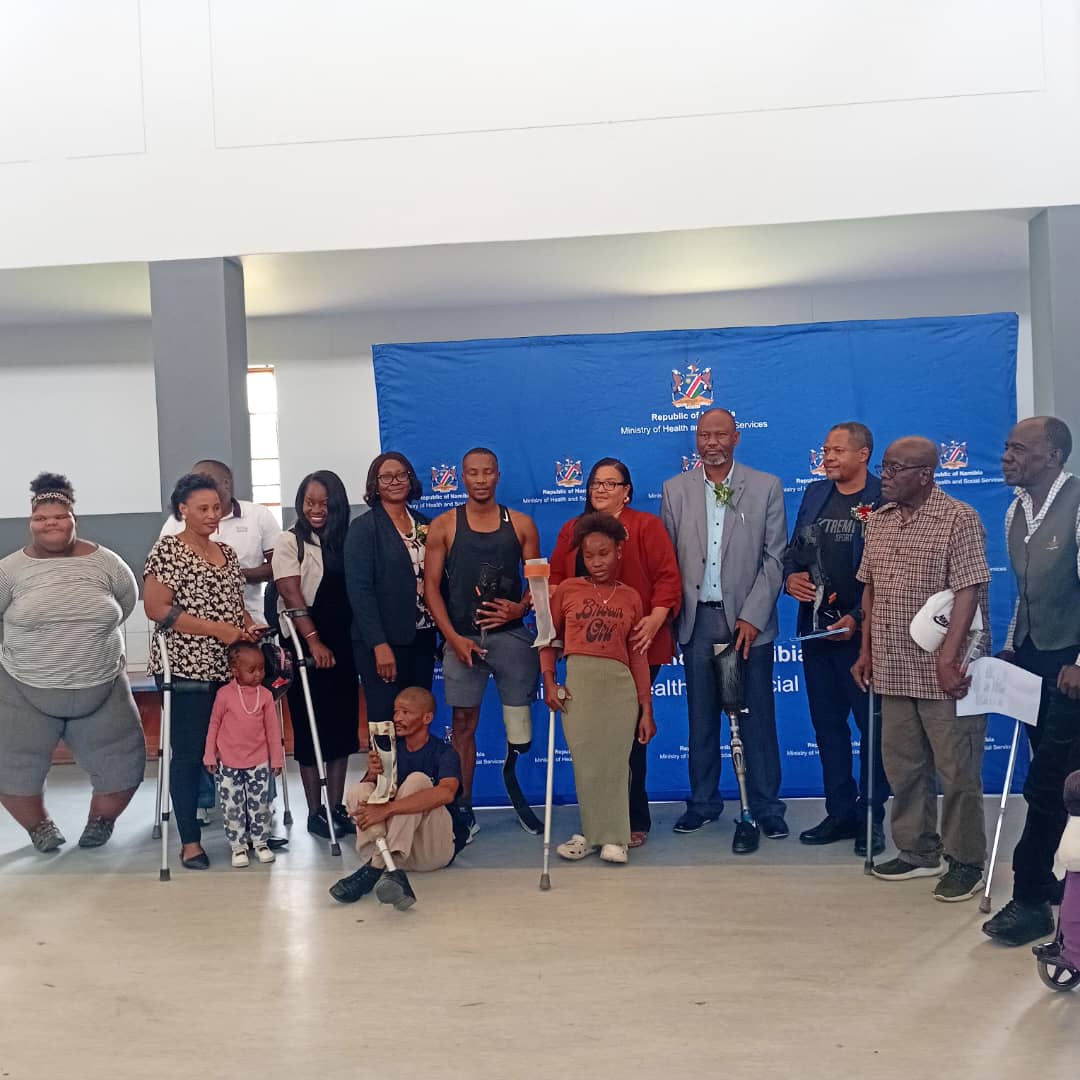
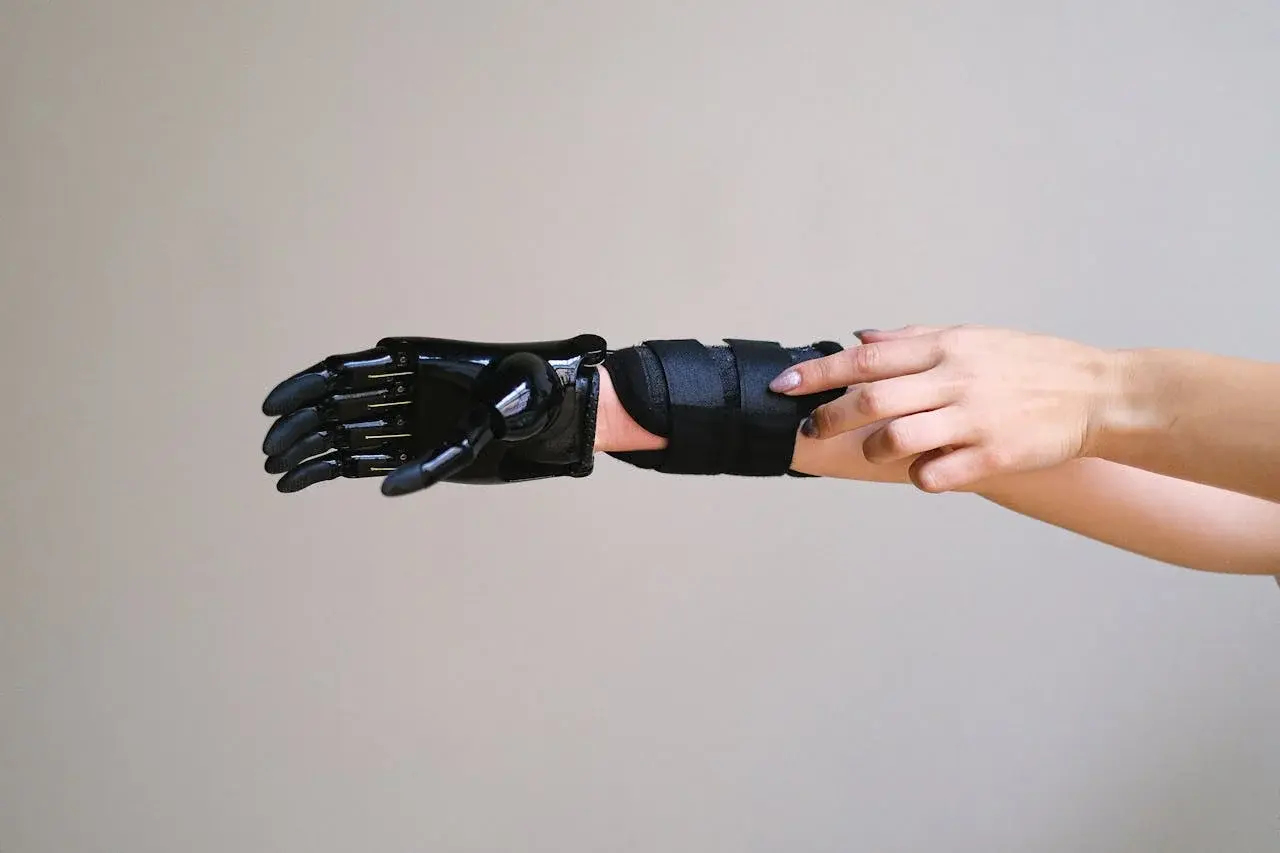
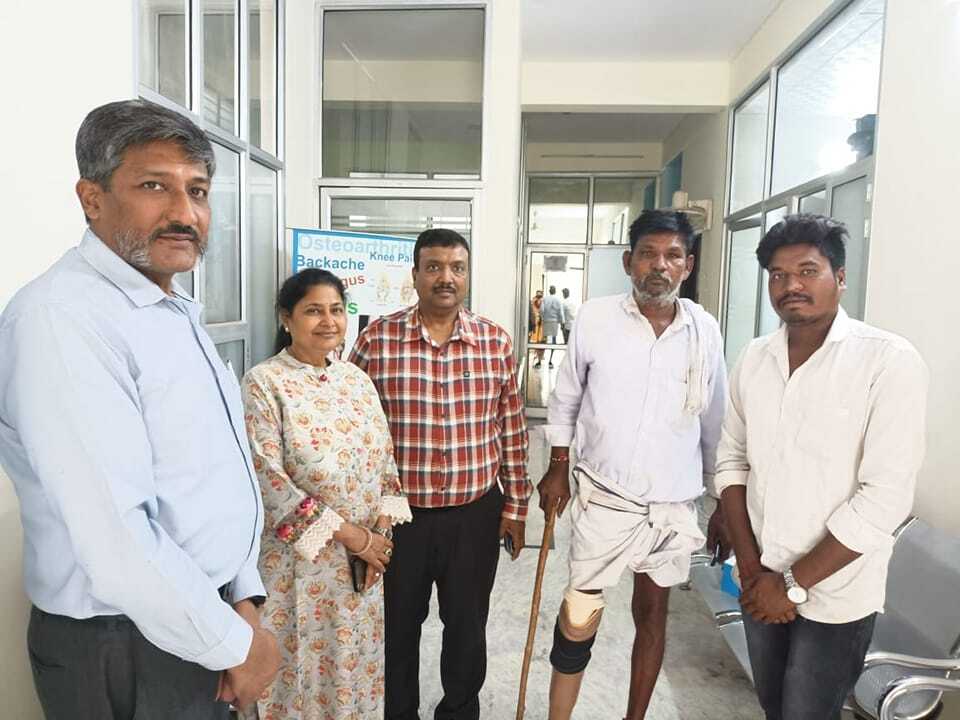
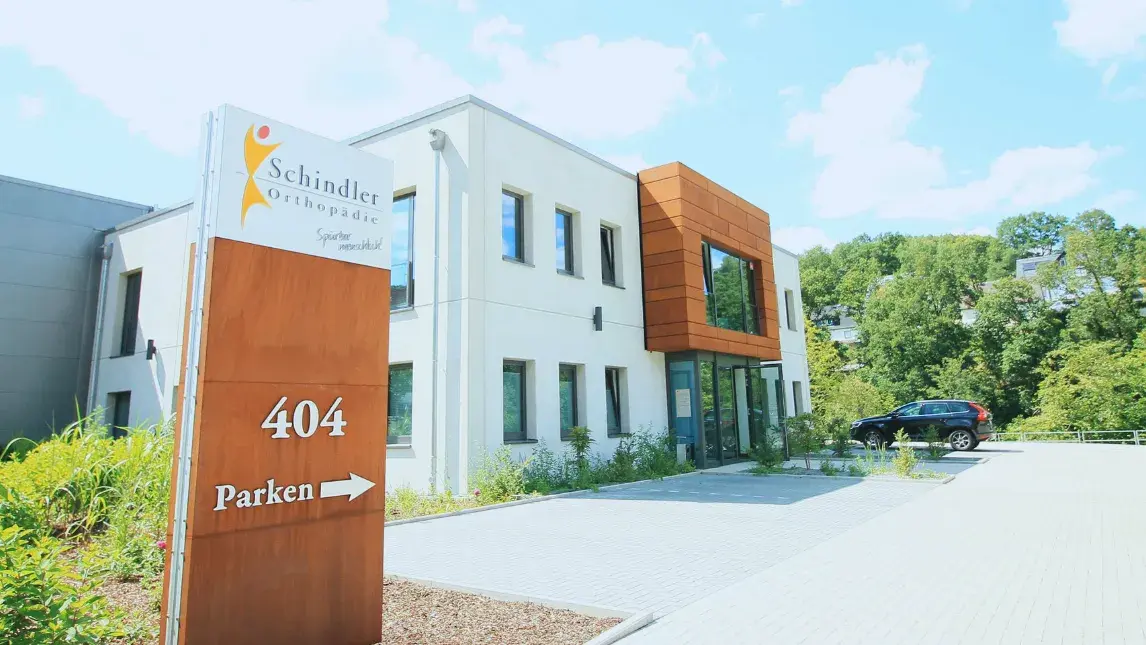

-1.png)
